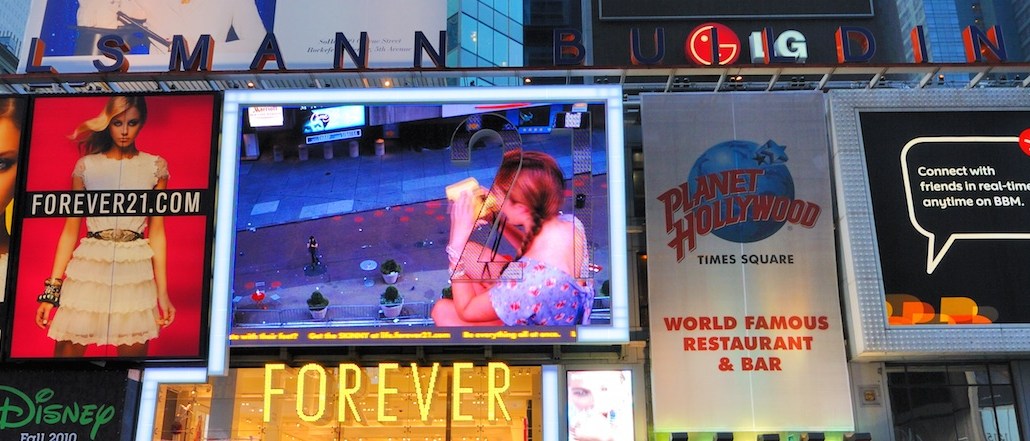
Another day, another ad blocking report is triggering heartburn in publishers and agencies.
The number of people in the U.S. using an ad blocker is expected to balloon to 86.6 million in 2017, according to eMarketer. That’s a staggering increase of 24 percent from this year, where the research company predicts that 69.8 million people will use an ad blocker by the end of 2016.
Active ad blocker use, which eMarketer defines as people who access the internet once a month with the tool, is still more prevalent on desktop browsers rather than on mobile because there are more intrusive ads on desktop’s larger screens, and people tend to spend more time on mobile apps.
“In fact, 90.5 percent of ad blocking users will block ads on desktops and laptops, while just 29.7 percent will do so on smartphones,” the report states, noting that the overlapping number is because some people use an ad blocker on both desktop and on smartphones.
Ad blocking isn’t going away, surmises eMarkerter senior analyst Paul Verna. The news should spur publishers, marketers and agencies that rely on advertising to “deliver compelling ad experiences that consumers won’t want to block,” he said.
If there isn’t a fix, publishers could stand to lose $35 billion in revenue by 2020. The report from eMarketer mirrors that of a recent global study of ad blockers conducted by Reuters, which found that the utility is growing in popularity across the globe.
More in Media

What publishers are wishing for this holiday season: End AI scraping and determine AI-powered audience value
Publishers want a fair, structured, regulated AI environment and they also want to define what the next decade of audience metrics looks like.

Media giant Essence launches a marketplace for Black women-led brands
Essence has launched WeLoveUs.shop, a new online marketplace dedicated to Black women-led brands.

In Graphic Detail: The state of AI referral traffic in 2025
The stats reveal a new audience pipeline forming outside of traditional search and social platforms.





